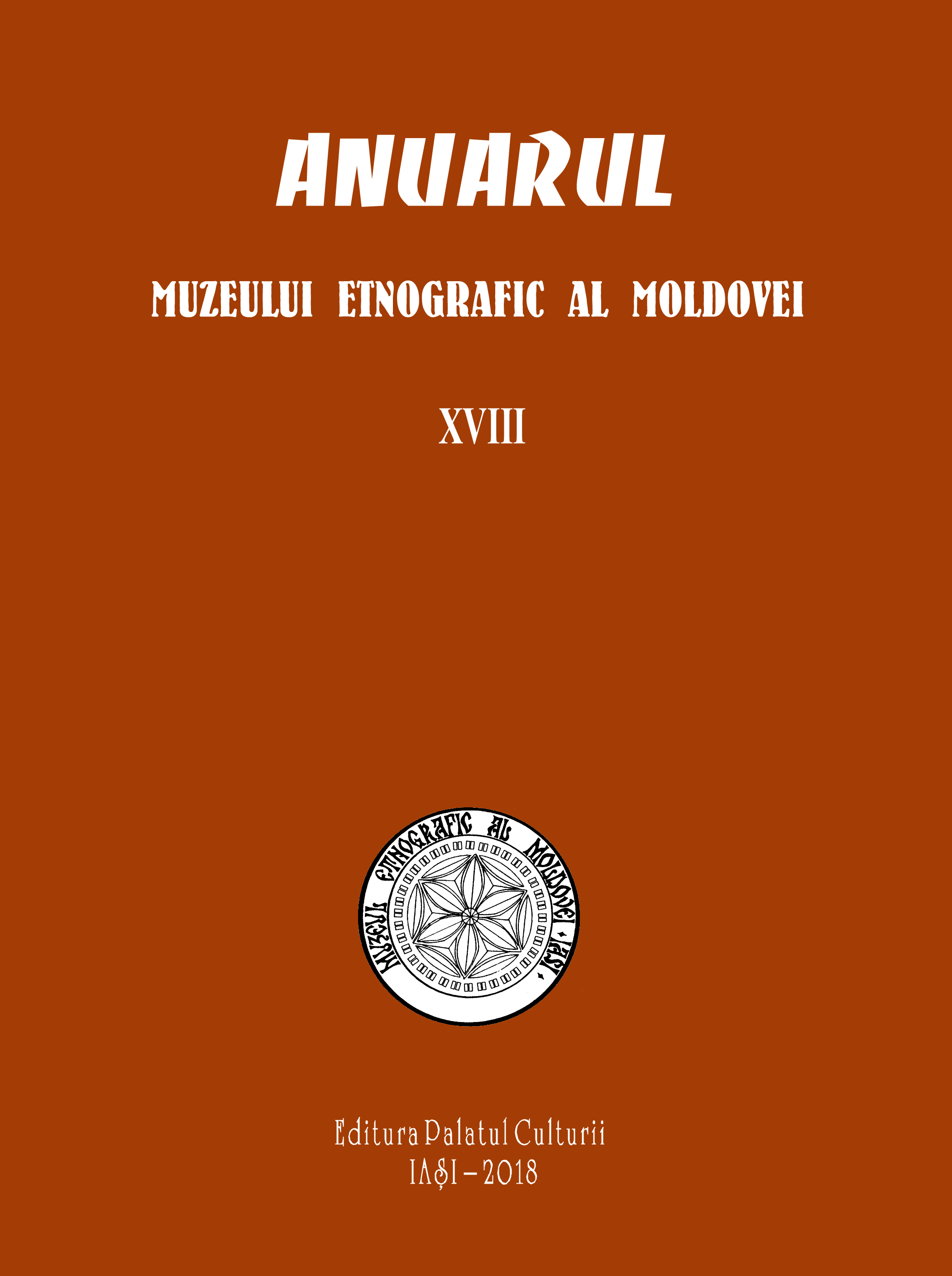Particularități cromatice zonale și semnificații ale simbolurilor tradiționale în plan lingvistic
Regional Chromatic Features and Significance of Traditional Symbols in Linguistics
Author(s): Tamara MacoveiSubject(s): Cultural Anthropology / Ethnology
Published by: Editura Palatul Culturii
Keywords: colour; primary colours; chromatic symbolism; colour tones; chromatic symbols; chromatology
Summary/Abstract: The chromatic symbols and their evolution in the Carpathian area represent the theme of our paper. The archetypal creations, mostly formed in the mystic world of the 5th-3rd millennia B.C., constitute the heritage that is at our disposal even today. The traditional chromatic symbol gives proof of the timelessness, stability of image, its preservation and repetition in subtle messages. The main function of the chromatic symbol is to accord and harmonize the opposites. Being universal, this symbol has the capacity to introduce us simultaneously to the soul of an individual and the interior of a social group, as it transcends mere communication, being as well an important convergence point of affectivity. The use of colours’ symbolic comparisons in vernacular language attests that for asserting the resemblance between two things a single identical feature is sufficient, and it results indirectly from the research of the semantic sphere to which the element of comparison belongs to. The register of chromatic qualities was expressed by numerous words, word combinations, phrasemes, magical formulas, fantastic texts (fairytales, legends), versified genres (ballads, carols, songs, etc.). The frequency with which the colour is encountered in the traditional culture denotes the reality that it was often searched for, interpreted and even venerated.
Journal: Anuarul Muzeului Etnografic al Moldovei
- Issue Year: 2018
- Issue No: 18
- Page Range: 325-352
- Page Count: 28
- Language: Romanian

